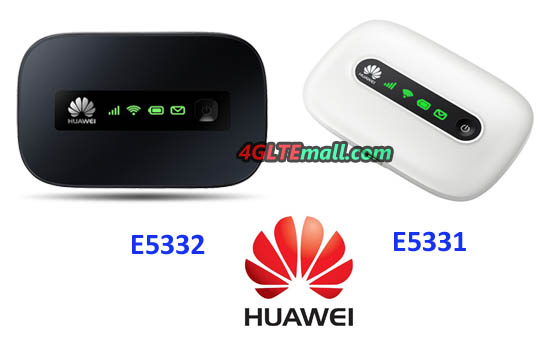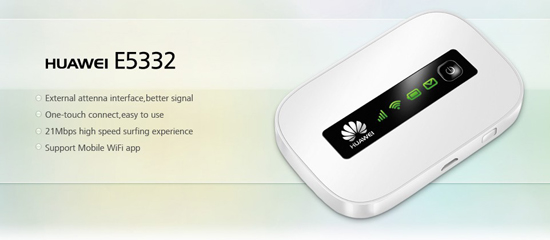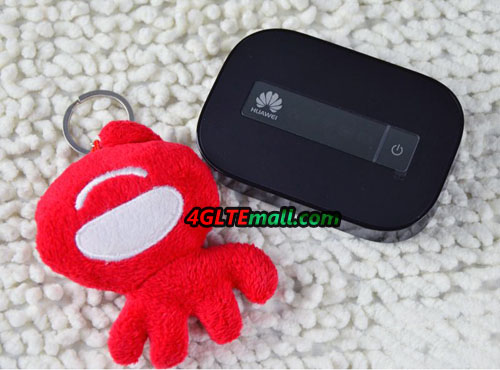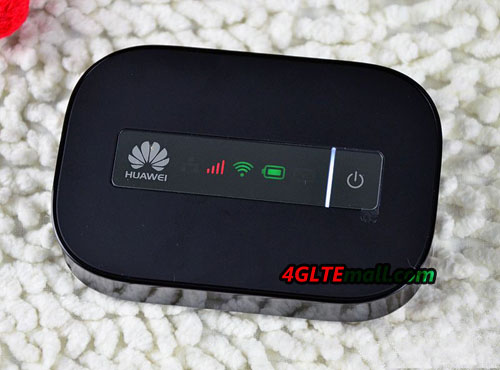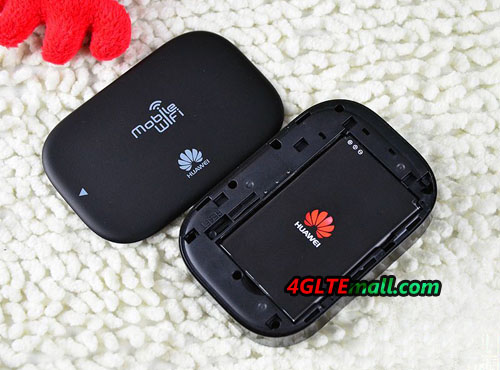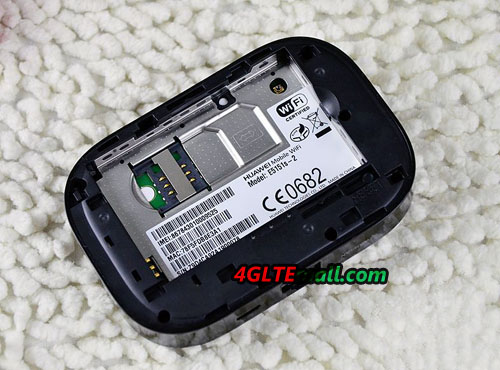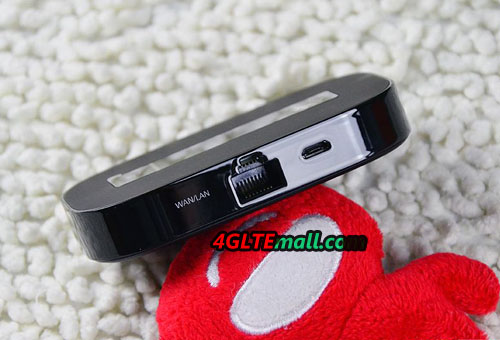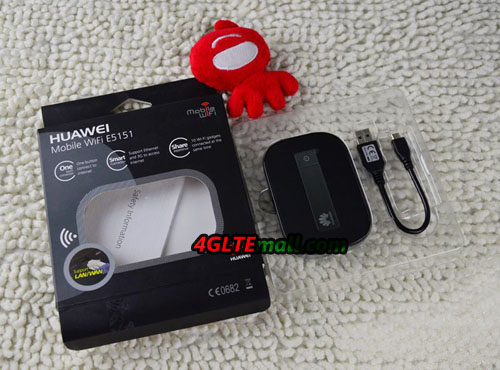The UK’s operator Three had recently released two new broadband routers for home, the model numbers are HUAWEI B183 and HUAWEI B153. They are fixed line broadband and is the perfect companion for Students who need a broadband connection in there diggs, and the most important feature is (you don’t need a landline to use it) just plug into your mains and Three will do the rest.
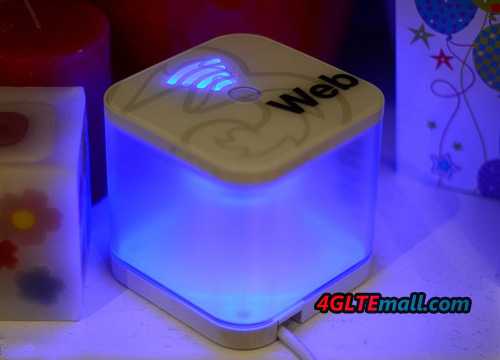
Today, let’s have a review what’s the features of the Webcube White HUAWEI B183 home broadband Router and what it can do for us.
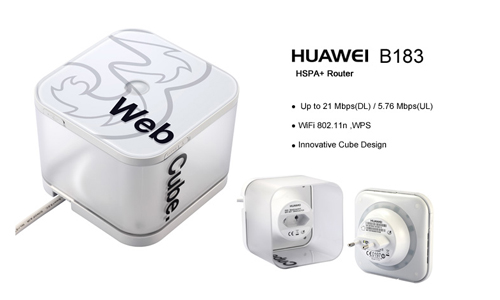
Appearance
Webcube HUAWEI B183 is in a very classic design, looks like an hour glass, but has a sudden glance; you may think it’s a humidifier. In simple white, the cube shape is very attractive, different any other home router, which make it looks more like a home white goods, not just a network router.
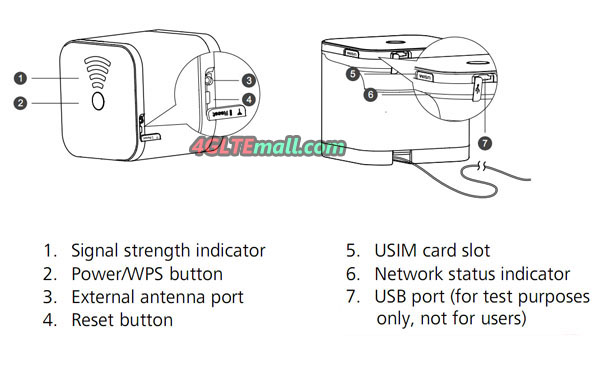
On the top side, there is signal strength indicator, if it’s not working, you may not be able to see it. And with the single strength indicator, you will see the Power and WPS button. And there is logo on this face, sometime it’s “3”. 4GLTEmall.com provider unlocked HUAWEI B183 with HUAWEI logo, no contract and no limit. The top cover could be departed from the below part, at the side of the top cover, there is external antenna port and reset button covered by a slip.
Another side of the top cover, USIM card slot and network indicators are also configured. What’s more, there is USB port around, which is for test purposes only, not for users. So for most of the users who had get it first, they may don’t know how to use, where to plug SIM card, where to power it on. From above image, you will find details part of HUAWEI B183. Now it’s easy to operate to connect network.

HSPA+ Technology
HUAWEI B183 Home Broadband from Three with the latest HSPA+ offering up to 21.1Mbps download and up to 2 -5Mbps uploads, but you can expect to receive download speeds in excess of 10Mbps which without a landline is exceptionally good. This is also an exceptional deal for renters too who only wish to use the internet occasionally or are moderate users, also great for customers in rural areas of the UK where accessing the internet is hard to acquire.

Entry Level Broadband
The B183 Webcube offers up to 5 different connections at the same time enabling other family members to be online simultaneously, with a good wireless range extended up to 30 meters away from the cube and you still get a perfect signal anywhere around your home.
Go Anywhere Broadband
The great thing with the Webcube B183 is how easy it is to carry to a friend’s home and set up in next to no time so you can share a connection with them, when you receive your B183 Webcube from Three you have a (pre-defined SSID and Network Key) that only belongs to you, in the box you will have your password and info to input, then you are able to use your new Webcube for the first time.

You may ask there is HUAWEI B153, what is it? Actually, HUAWEI Webcube B153 has almost the same appearance and size of HUAWEI B183. The main difference between HUAWEI B183 and HUAWEI B153 is that B153 supports HSDPA 7.2Mbps while B183 support peak HSPA+ 21Mbps download speed. So if to get better network link, HUAWEI B183 is a good option, but if HSDPA 7.2Mbps can meet your requirement, HUAWEI B153 is a cost budget one for home router.
